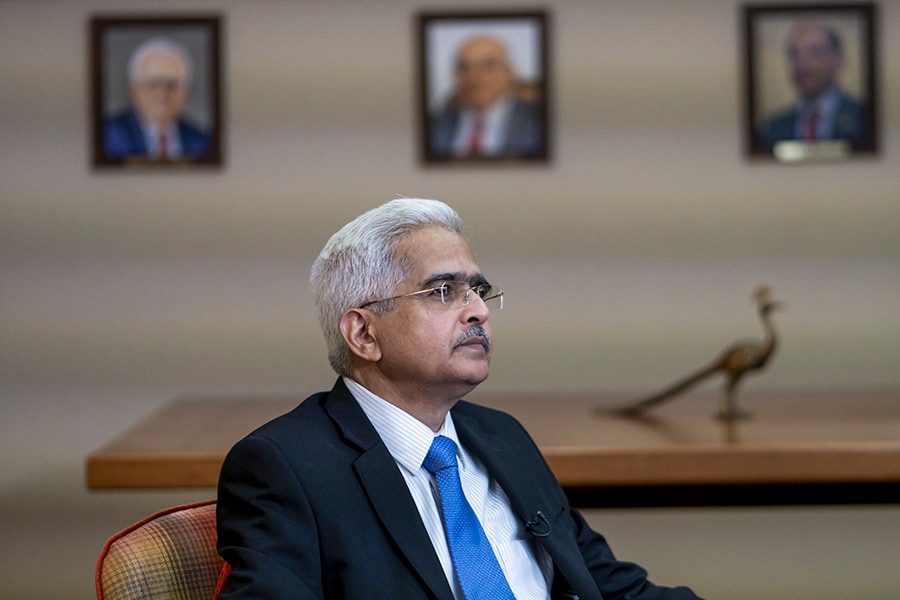
RBI announces fresh liquidity measures for banks, aid for small borrowers
Central bank avoids announcing blanket loan moratorium as businesses appear better-equipped to operate under regional lockdowns
 RBI Governor, Shaktikanta Das
RBI Governor, Shaktikanta Das
Image: Kanishka Sonthalia/Bloomberg via Getty Images
The Reserve Bank of India (RBI) on Wednesday announced a fresh set of dispensations for small borrowers—both individuals, vendors and self-employed small businesses, where loans are under Rs25 crore—who are reeling under the impact of the worst Covid-19 outbreak in the world.
The central bank did not announce a fresh blanket moratorium for loans. The logic, experts say, is that industries—in places where there are regional lockdowns and less stringent norms—have learnt how to operate in such an environment.
RBI Governor Shaktikanta Das said according to reports, the disruption in manufacturing units so far was minimal. Consumption demand was also holding up, with sales of consumer goods rising in double digits in January-March 2021 and average daily electricity generation up by 40 percent year-on-year in April. Rail freight registered a growth of over 76 percent year-on-year in April.
Das was indicating that while the macroeconomic picture in India was uncertain, there wasn’t a significant amount of stress to push the RBI to take massive relief measures at the moment.








